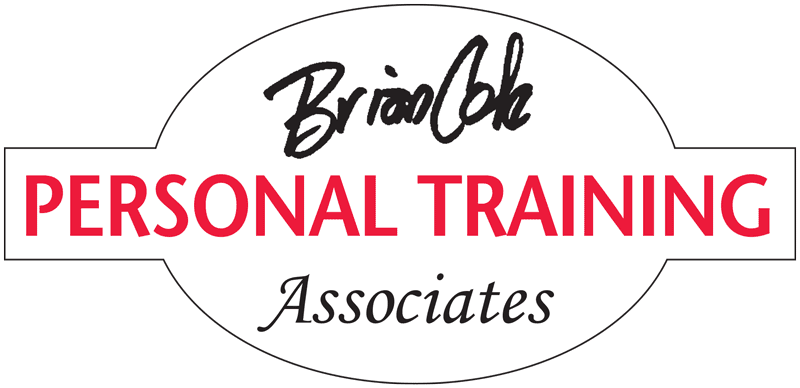As I’m writing this, I’ve just finished a four-day Personal Fitness Trainer Conference in Washington, D.C., which I attend regularly. While the workshops and lectures are different every year, there are common denominators. The presenters are educated, knowledgeable and excellent! They’re the opposite of what you may picture. They’re not six-pack flaunting, posing fitness model types. Many of them more closely resemble scholarly PhD’s, laboratory research professionals, academics, physical therapists, surgeons, because that’s who they are; that’s what they do.
I’ve been attending these conferences for more than 20 years, and I always learn (which is saying something for a know-it-all like me). The information is not trendy but is based on sound research. The human body and how it functions in response to challenges is so complex and is so interesting I want to live forever just so I can keep learning.
I also attend because I have to earn continuing education credits in order to keep my national certifications. The field of personal fitness training has evolved and grown so much since I’ve been in it. Lots of people are flocking to it now, and the increased awareness, acceptance and interest are great! Along with the flocking, though, are a few things of concern. There are now hundreds of “certifications,” and many are available for opportunists who can offer (for a fee) a weekend course that awards a certificate without any significant testing. Unfortunately, that puts people who are looking for safe, professional guidance at considerable risk. Out of those hundreds, for example, I accept only four when considering a new trainer to bring on staff. They have national certifications that require continuing education to maintain.
Back to the conference: As new research arises, old concepts—taken for granted far too long—must be dropped. Research may be inconvenient, but the inability to change and adapt leaves us unable to learn and grow.
On a very basic level, for instance, are sit-ups. For years they have been a standard in school fitness tests, in the military, etc. But long-term studies show that having the pelvis anchored (by the floor) while flexing/bending the spine upward puts very bad shearing forces on our lower vertebrae, causing low-back damage and pain.
Also, what is the practical, functional purpose of having us, while standing, touch our toes with our knees locked? Zero. Again—not good for lower back vertebrae to bend into the ubiquitous forward flexion. Our modern lifestyle has more than enough of that.
We are, of course, exposed to data of more depth. What types of exercise and activities in mid-life best prepare us for reduced discomfort in our later years? How should we isolate and strengthen our low-back muscles without the help from our glutes and hamstrings that we get in deadlifts? What specifics are within our capacity to control that influence that is often called aging? What dictates cellular aging and what can we do about that? What are the two front-runners (by far) that affect our rate of decline? After committing to healthy lifestyle changes, how long before our metabolism adapts? What is the concept of cylinder rotation? What type of exercise reverses aging in human skeletal muscle tissue? What has been learned by studying the cultures with the longest life spans? What are thermogenesis and glycolysis, and why do we care about them? What causes more joint instability, discomfort and arthritis: hypermobility (very flexible muscles) or strong but unstretched muscles? All these and countless more human conditions are studied and presented.
I am a full-fledged geek on this stuff. I’m hooked. And still lovin’ it! Interacting with the best minds in this field leaves me even more energized.
Whew! Gotta go now and take a long, brisk walk.

